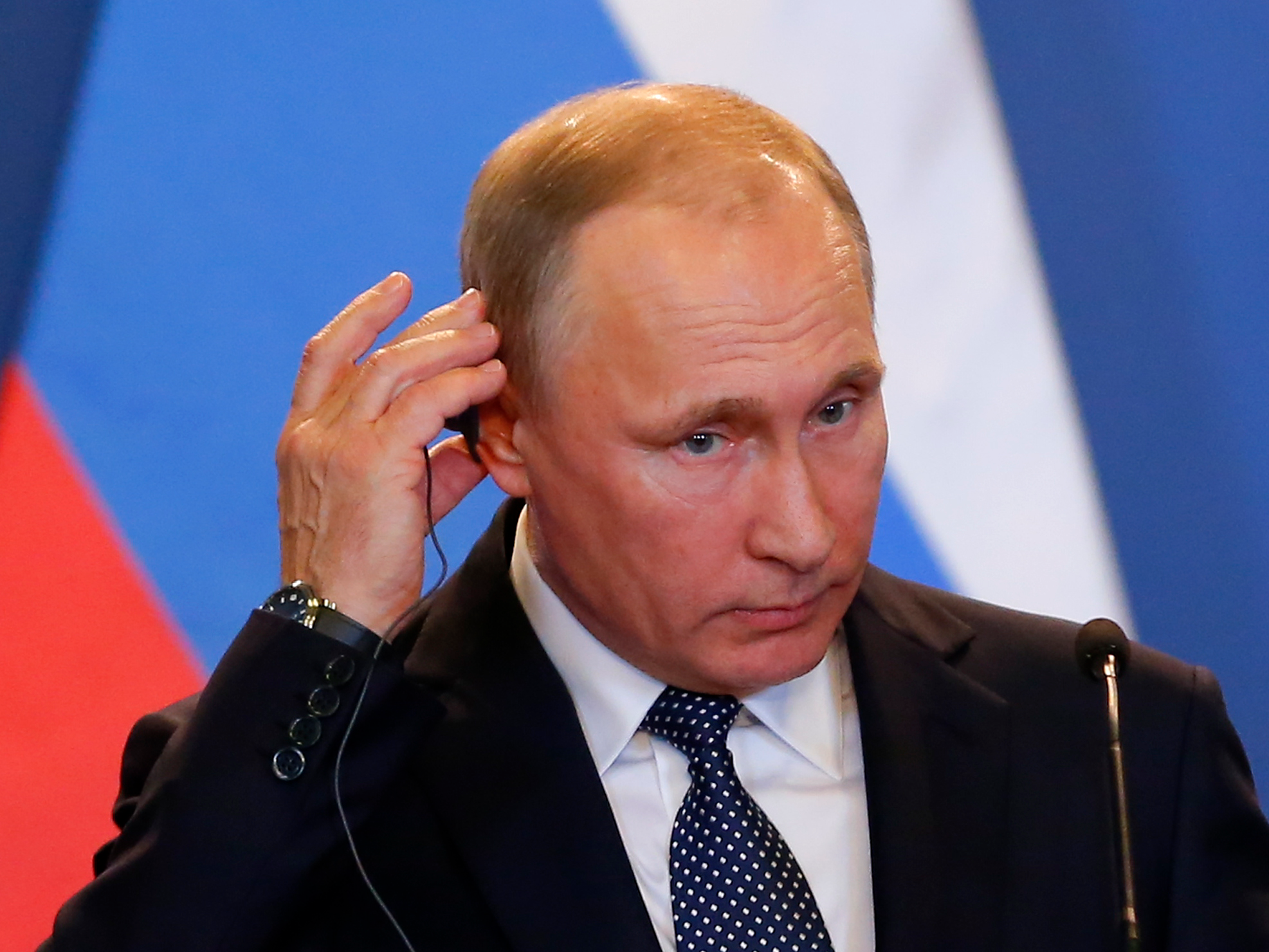The world’s major oil producing countries – including some non-OPEC states – struck a deal in November to cut production with the hope of ending the global glut that has kept prices depressed for over two years. That six-month deal is about to expire and investors are trying to parse whether it’ll be extended amid perennial geopolitical tensions and overlapping strategic market interests.
Saudi Arabia’s oil minister Khalid al-Falih suggested at an oil conference on Thursday that production cuts may need to continue, and said “there is an intitial agreement that we might be obligated to extend to get to our target.”
Given that the economic and political stresses major oil producers Russia and Saudi Arabia face at home – that could be exacerbated by another dip in oil prices – they’re likely to go along with it, says Helima Croft, Head of Commodity Strategy at RBC Capital Markets.
Both countries have seen weaker economic growth recently. The Russian economy has been in contraction mode for two years, while the IMF now projects the Saudi economy will grow by 0.4% in 2017, down from 1.4% last year.
For Russia specifically, a drop in oil prices could also prove to be politically costly, suggesting it is likely keen to see the cuts extended, according to Croft.
"The leadership will likely be motivated to keep citizens quiescent ahead of the March 2018 national elections and to cement the modest economic relief provided by higher oil prices," she said in a note.
"While President Putin is expected to be re-elected, the Kremlin was reportedly shaken by last month's anticorruption protests in Moscow led by Alexei Navalny, which represented largest anti-government demonstrations in five years."
As for the Saudis, they continued to face economic headwinds, including the expensive campaign in Yemen. Croft added:
"[L]ast week the Kingdom tapped international debt markets for the second time in six months, with a $9 billion Islamic bond sale. The debt issuance should alleviate pressure on the country's foreign exchange reserves, but high levels of military spending (i.e. Yemen) will help keep Saudi Arabia in the red this year. In addition, with the planned 2018 IPO of Saudi Aramco a top priority for the leadership and the centerpiece of their diversification drive, there appears to be little appetite for price reversal."
WTI crude oil, the US benchmark, is down by 1.5% at $49.96 per barrel, while Brent crude oil, the international benchmark, is down by 1.2% at $52.34 per barrel as of 11:02 a.m. ET.


